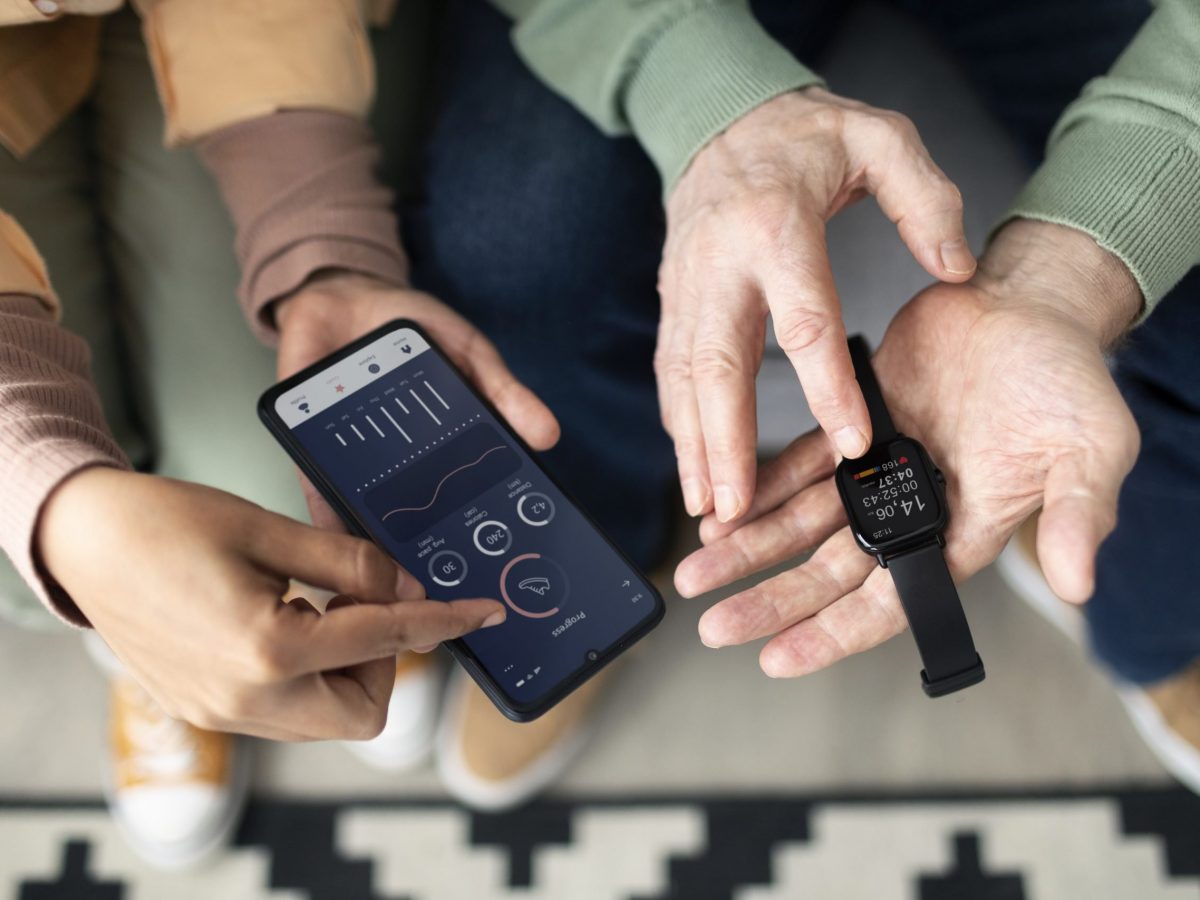
Wearable devices that track multiple health indicators can provide invaluable insights and recommendations tailored to you as an individual. Examples may include fitness tracking software that suggests caloric targets based on current activity levels or sleep analysis apps that offer changes to daily routines.
Wearables offer remote patient monitoring capabilities, helping reduce hospital stays and costly treatments for chronic illnesses. Furthermore, wearables could enable innovations like Kinetic Energy Harvesting which turns body heat and movement into power for your device.
Wearable AR devices
Wearable technology has enabled a transformation in healthcare delivery: moving away from episodic care towards daily dialogue between doctors and their patients, and emphasizing prevention to enable greater insight into health status and promote self-control and empowerment for individuals.
These devices must be accessible to everyone, including structurally disadvantaged communities. A device that monitors heart rate might not be as helpful in areas with limited access to medical testing services. A focus on representativity can help address this challenge.
Artificial Intelligence (AI) and Machine Learning (ML)
Artificial Intelligence (AI) and machine learning (ML) have transformed wearable devices by enabling them to collect data at a speed previously unimagined, further contributing to our lives being dataficated.
However, this new form of data collection must be balanced against issues of access and equity. For example, monitoring health metrics may become burdensome for users without access to affordable devices and digital connectivity; other barriers include perceived stigmatism from wearing trackers as well as overestimated fitness results.
Kinetic energy harvesting
Researchers have developed a way of harnessing human motion to generate electricity that could power sensors and data logging circuitry. Kinetic energy harvesting converts environmental kinetic and vibration energies into electricity via piezoelectric materials.
At present, most wearable sensor systems that monitor health conditions or facilitate telemedicine run on batteries. Unfortunately, their replacement and recharge can take considerable time and effort.
Ideal fitness and wellness devices would allow for an unlimited number of charging cycles without interfering with natural bodily processes, increasing metabolic costs or creating additional risks to health. A solution like this would make fitness and wellness equipment more desirable among gyms, leisure centres and home users.
Assistive devices
Assistive devices are physical equipment and digital tools designed to increase an individual’s independence and functioning when they have impairments or limited mobility. From low-tech solutions (walking sticks and keyboard adapters) to high-tech ones (power wheelchairs and speech recognition software), assistive devices come in all shapes and sizes to meet this purpose.
Brain-computer interfaces could enable people to operate assistive technology with just their thoughts. Future visual aids could provide real-time environmental data as well as navigation guidance and object recognition – technologies which could make a real difference for people living with disabilities by helping them live independent lives.
Virtual reality (VR) headsets
VR headsets use head and eye tracking technology to immerse their users in virtual realities, while simultaneously recording and projecting audio for an enhanced sense of immersion.
Some VR headsets feature haptic feedback, which adds vibrating sensations to enhance the virtual reality experience and create more lifelike simulations of skill-based workouts such as boxing or sports simulation. This makes VR more realistic when used for skill-based exercises such as boxing or sports simulation.
VR fitness has been proven to increase motivation, enjoyment and engagement during exercise sessions. Furthermore, it can strengthen muscle strength, balance and extremity function as well as reduce fatigue, stress and depression – helping individuals stay on track with their fitness goals by providing constant motivation and real-time feedback.
Personalised health and fitness recommendations
Fitness trackers were introduced onto the scene with one goal in mind: helping users track their physical exertion. Many include motivational elements, such as badges and challenges, to keep users motivated on their fitness journey.
However, these features can become problematic if these devices are used in communities and regions of the world where access to other services that might help balance overestimation is limited (e.g. fast COVID-19 testing), leading to inequality and health inequities that compromise digital health and its broader goal of personalized medicine. This consideration must be kept in mind when considering digital health technologies as part of an integrated healthcare approach.
Data privacy
Wearable devices have become indispensable tools for fitness enthusiasts. While digital health technologies offer many benefits, consumers must also be mindful of how these tools gather, process and store personal data.
Monitoring is the foundational function of wearable devices. This can be accomplished using sensors to constantly observe various biomedical processes.
Screening is closely associated with monitoring devices, and involves the identification of anomalies within datasets collected by monitoring devices. This process may be accomplished using smart jackets featuring Google’s Project Jacquard technology or using smartwatches equipped with heart rate monitors.

